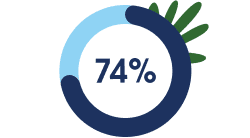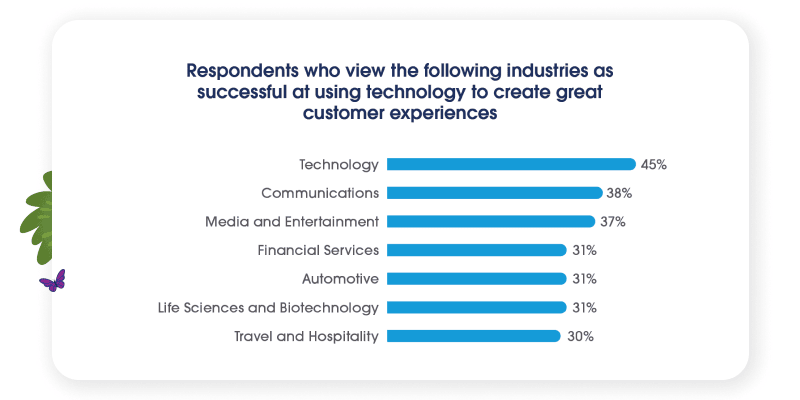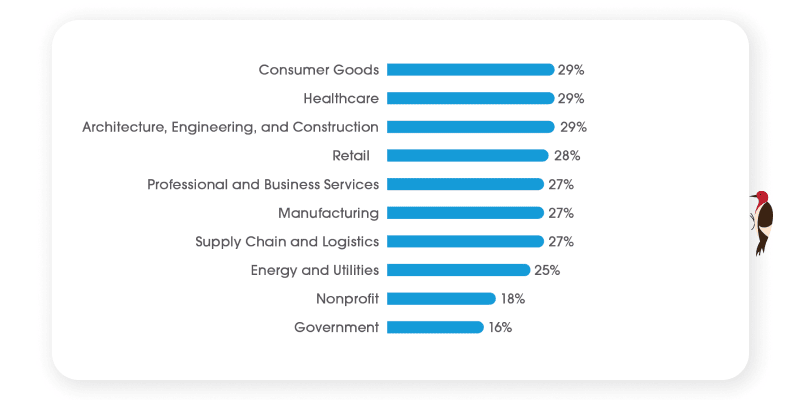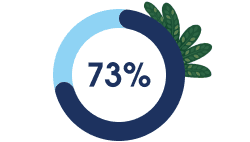Inside the Connected Government Report
Trends Shaping the Future of Public Sector Digital Service
4 MINUTE READ
Today, Salesforce released the first edition of its Connected Government report.
The report is based on a survey of thousands of people across the globe and offers a firsthand perspective on how customers prefer to engage with public sector organizations, what factors drive customer satisfaction in a digital-first reality, and, ultimately, the influence that trust has on customer sentiment and engagement.
In today’s climate of uncertainty, organizations around the world have had to learn how to adapt to rapid change. This is particularly true for public sector organizations that are responsible for delivering benefits and services to customers, as well as for those agencies whose work shapes policy that impacts health, economic, and public safety protocols.
But with public trust in governments steadily declining and customer expectations rising, the need to build trusted experiences has become more of an imperative. Below are the key insights from the Connected Government report.
Trust remains central to government operations.
With the rapidly increasing pace of change forcing swift transformation in every industry, trust has never been more important — particularly for public sector organizations. Having a strong government-customer trust dynamic can help public sector organizations accelerate digital transformation efforts and do a better job of meeting the unique needs of their customers.
Public sector organizations build trust through creating great customer experiences, and for the public sector, security plays a leading role in creating those experiences. When survey respondents were asked about the most important improvements governments could make to their service delivery or interactions with the public:



Digital engagement has risen during times of change.

Technology is the engine of transformation.


When asked what industries have successfully used technology to improve customer experiences, government ranked the lowest.
When asked about their interactions with government at both the local and national levels, customer responses were consistently low when asked whether they were made to feel important (20%), felt that the government cared about their experience (18%), believed government valued their feedback in improving customer experiences (22%), and believed government responded efficiently to changing needs (27%).
Technology is changing the landscape of customer service. Given an investment in the right technology and powered by a highly skilled workforce, government organizations have a unique opportunity to transform the way they do business and make digital transformation a reality.
The employee experience is directly linked to the customer experience.
If technology is the engine of transformation, public sector employees are at the helm, using the engine to power their digital transformation.
Organizations that make a commitment to invest in their employees’ development and wellbeing reap the rewards in a variety of ways. A study by Harvard Business Review Analytic Services found that employee experience initiatives have had a positive impact on employee engagement (70%), employee productivity (64%), resilience from external disruption (62%), and organizational agility (61%). However, a vast majority of the workforce (73%) doesn't feel equipped to be able to succeed in the digital age."

Learn More
Methodology

Blog
How Gen Z’s Preferences Can Increase Citizen Engagement in the Public Sector

Blog
People Trust Government More When Their Digital Experience Is Better
More Resources

Guide

Whitepaper

Demo


